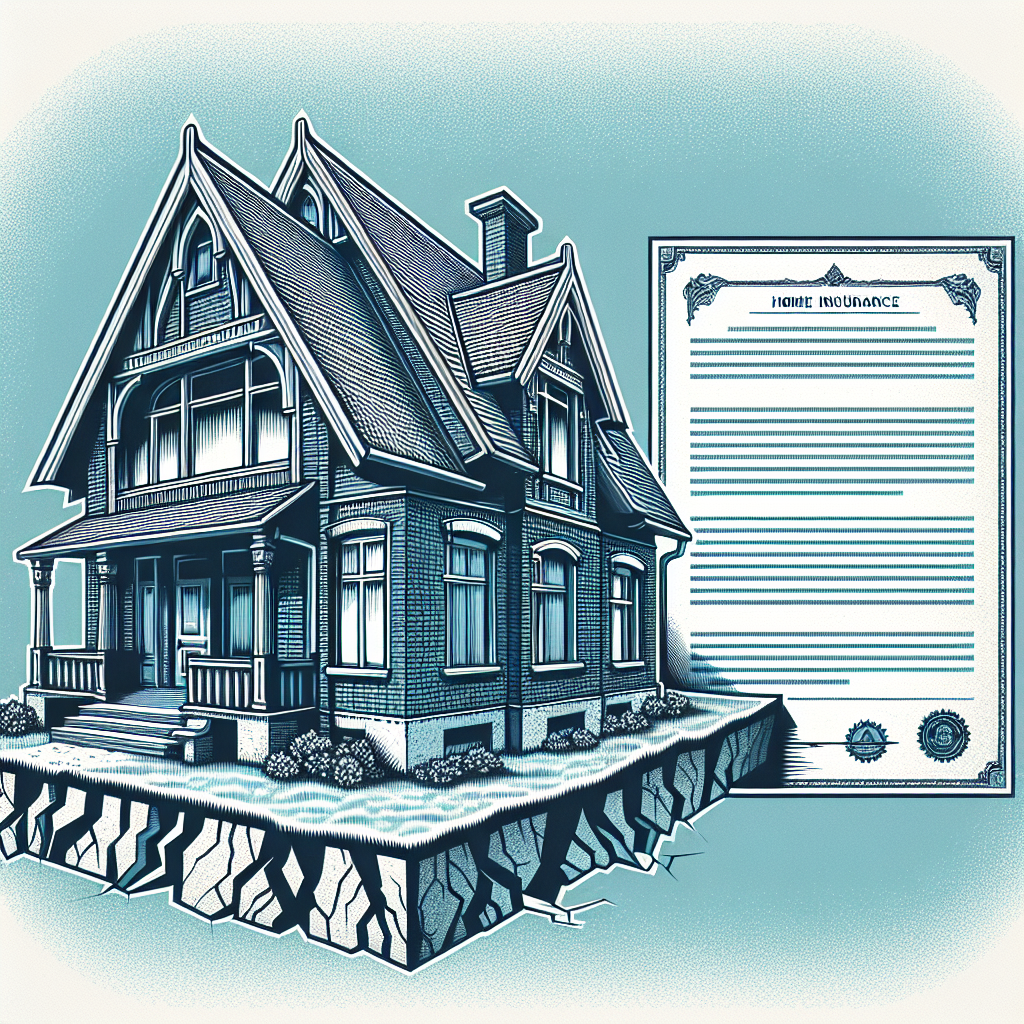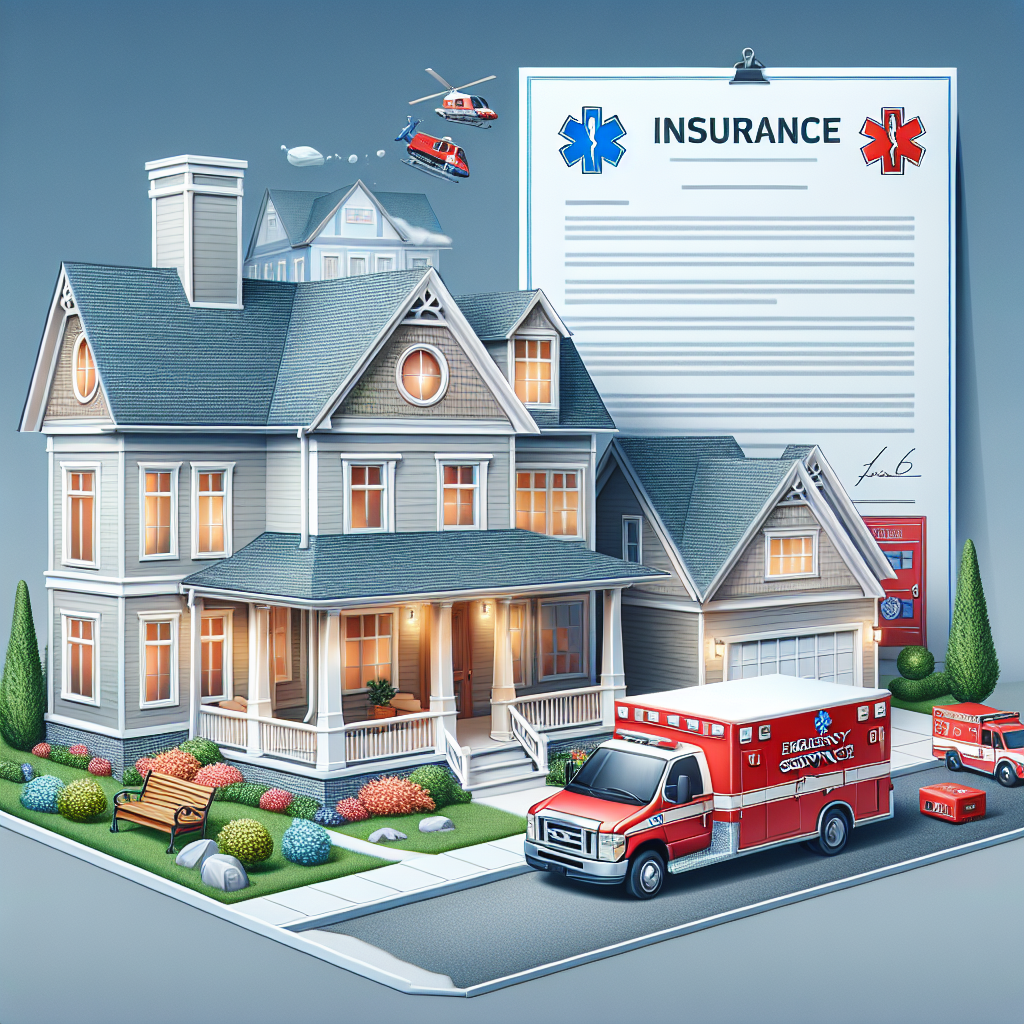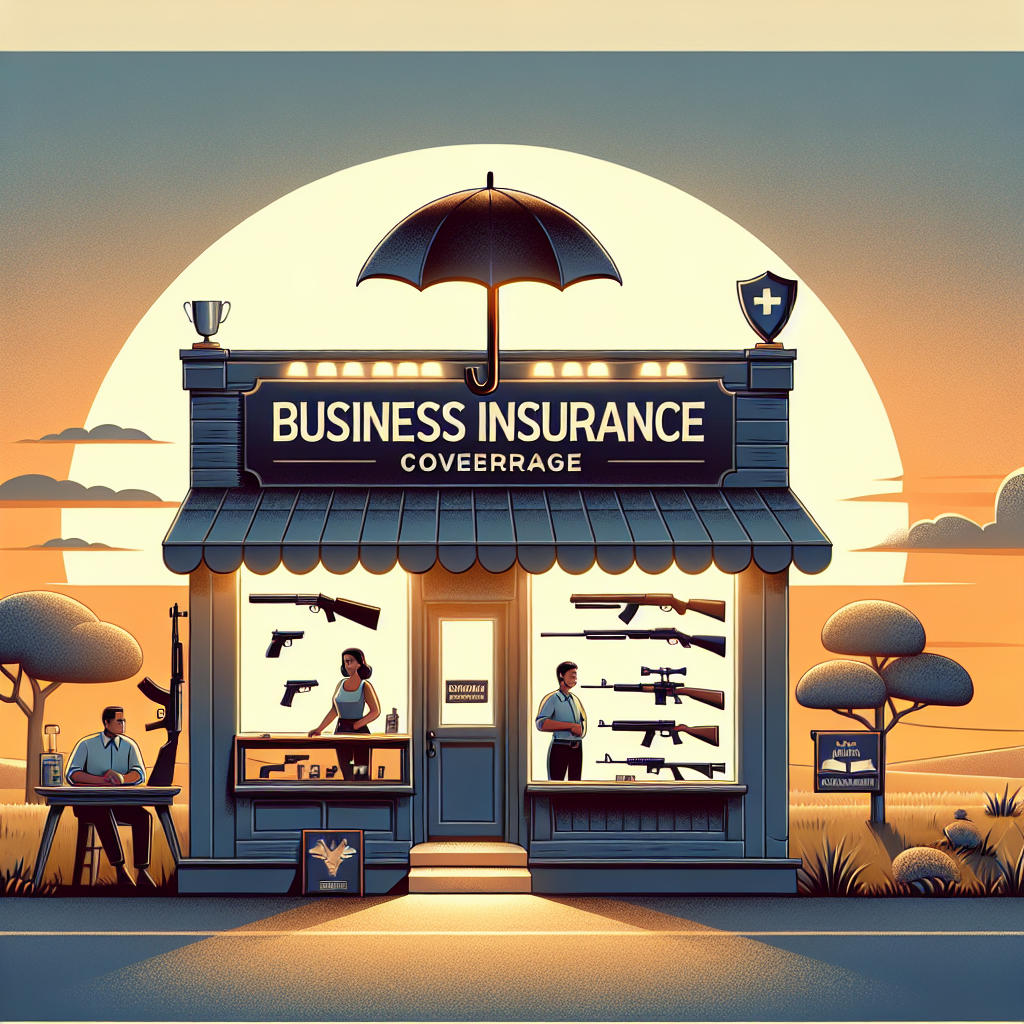Filed under Home Insurance on
GEICO Home Insurance Coverage Explained

If you’re shopping for a homeowners policy, clarity matters as much as cost. You want to know what’s protected, what’s not, and how claims work in real life. This guide walks through GEICO home insurance coverage in plain language, so you can match protections to the way you actually live, avoid gaps, and make smarter choices about limits and deductibles. Along the way, we’ll highlight key trends shaping the market, practical savings strategies, and tips from risk professionals to keep your home—and your budget—on solid ground.
How GEICO Home Policies Are Structured
GEICO is best known for auto insurance, but it also offers homeowners policies through the GEICO Insurance Agency, which partners with established carriers to underwrite coverage. That means your declarations page may feature a partner company’s name, while you still manage your policy through GEICO’s platform. This setup can be a plus—access to multiple carriers often helps match you with an option that fits your home’s profile—but it also means forms, endorsements, and discounts can vary by state and by the partner that ultimately issues your policy.
Keep this in mind as you evaluate GEICO home insurance coverage: the core protections typically mirror industry-standard homeowners forms (such as HO-3 or HO-5), but the specific wording and availability of add-ons may differ. Always review your sample policy or specimen form before buying, and ask how claims are handled—by GEICO or directly by the underwriting partner.
What a Standard Homeowners Policy Typically Covers
While every contract is specific, a typical homeowners policy is designed to protect your house, your belongings, and your liability when accidents happen. Here’s a breakdown of the major sections you’ll likely see in GEICO home insurance coverage, often labeled A through F on your declarations page.
Dwelling (Coverage A)
This is the backbone of your policy—it pays to repair or rebuild the physical structure of your home when it’s damaged by covered perils like fire, wind, hail, or vandalism. The dwelling limit should reflect full reconstruction cost, not market value. Inflation and supply chain pressures have pushed building costs up in recent years, according to industry groups, so review this limit annually to avoid being underinsured.
Other Structures (Coverage B)
Covers detached structures such as fences, sheds, and standalone garages. The limit is typically set as a percentage of Coverage A (commonly around 10%), but you can adjust it if you have substantial structures on your property.
Personal Property (Coverage C)
Protects your belongings—furniture, electronics, clothing—whether they’re at home or temporarily off premises. Most policies default to actual cash value for contents unless you choose replacement cost coverage; upgrading to replacement cost for personal property is a common and worthwhile add-on for many households. Certain categories (jewelry, watches, firearms, collectibles) have sublimits, so consider scheduling valuable items.
Loss of Use (Coverage D)
If a covered loss makes your home uninhabitable, this pays for additional living expenses such as temporary housing, meals, and extra transportation costs while repairs are underway. Keep receipts and coordinate with your adjuster to understand what qualifies.
Personal Liability (Coverage E)
Liability coverage steps in if you’re legally responsible for someone’s injury or property damage. Limits often start at $100,000, but many experts suggest $300,000 to $500,000 or more, especially if you own a dog, have a pool, or host frequent gatherings. Consider an umbrella policy for extra liability protection above your homeowners and auto limits.
Medical Payments to Others (Coverage F)
This no-fault coverage pays for minor injuries to guests who are accidentally hurt on your property, regardless of legal liability. It’s designed to cover smaller incidents quickly and amicably.
Popular Endorsements and Add-Ons
The right endorsements can turn a good policy into a great fit. Depending on your state and underwriting partner, these options may be available within GEICO home insurance coverage:
- Extended or Guaranteed Replacement Cost: Provides a cushion above your dwelling limit if rebuilding costs exceed expectations after a major loss.
- Water Backup and Sump Overflow: Covers damage from backed-up drains or failed sump pumps, which is typically excluded in the base policy.
- Service Line Coverage: Pays to repair or replace underground utility lines on your property, like water or sewer lines, when they fail due to wear and tear.
- Equipment Breakdown: Helps repair or replace home systems and appliances from mechanical or electrical failure not caused by a covered peril.
- Scheduled Personal Property: Offers higher limits and broader protection for jewelry, fine arts, cameras, and similar valuables.
- Identity Theft or Cyber Coverage: Assists with expenses related to identity theft and may include guidance on remediation.
- Ordinance or Law: Pays additional costs to bring your home up to current building codes after a covered loss.
- Home Sharing Coverage: If you occasionally rent your home, specialized coverage can address gaps related to short-term rentals where available.
What Isn’t Covered (And How to Close the Gap)
Exclusions are where surprises happen. Understanding them is key to building resilient protection.
- Flood: Standard homeowners policies exclude flood. Consider an NFIP or private flood policy, especially if you’re in a flood-prone area or near waterways.
- Earthquake: Typically excluded and purchased separately. Some regions offer earthquake endorsements; others require a standalone policy.
- Wear and Tear or Maintenance: Insurance isn’t a maintenance plan. Deferred upkeep, rot, and gradual leaks are usually excluded.
- Seepage and Mold: Gradual seepage is often excluded; mold coverage (if available) tends to be limited. Water sensors and proactive maintenance can help.
- Intentional Acts: Damage caused intentionally by an insured is not covered.
- Business Activities: Coverage for business property or liability is limited. Consider an endorsement or a home-based business policy if you run a business from home.
- High-Value Items: Jewelry, art, and collectibles may have low base limits; schedule them for full protection.
How Much Does Home Insurance Cost Right Now?
Premiums vary widely by location and home profile, and the market has been shifting. Industry sources point to several forces behind recent increases: higher reinsurance costs, inflation in materials and labor, stronger and more frequent severe weather, and rising claim severity. Within that context, GEICO home insurance coverage is priced based on factors like:
- Replacement Cost: Square footage, construction type, roof shape, and local building costs.
- Location: Proximity to fire stations, hydrants, coastline, or wildfire zones.
- Roof Age and Condition: A newer, well-rated roof often earns better rates.
- Claims History: Your past claims and the home’s loss history can affect price.
- Credit-Based Insurance Score: Where permitted, this can influence pricing.
- Liability Exposures: Pools, trampolines, certain dog breeds, or home businesses.
- Deductibles: Higher deductibles generally lower premiums; specialized deductibles (wind, hail, hurricane) may apply in some states.
Requesting multiple quotes and adjusting variables such as deductible levels or optional endorsements will help you find the right trade-off between price and protection.
Discounts and Ways to Save
Depending on the underwriting partner and your state, you may be eligible for a range of savings. Ask specifically which apply to your address, then verify they appear on your quote.
- Multi-Policy or Bundling: Pairing your auto with your homeowners is one of the most consistent ways to save with GEICO.
- Protective Devices: Monitored security systems, smoke detectors, smart water shutoff valves, and fire sprinklers can cut risk and premiums.
- New Home or Renovation Credits: Newer construction or documented updates to roof, electrical, plumbing, and HVAC can help—save invoices and permits.
- Claim-Free History: Staying loss-free often earns preferred pricing over time.
- Loyalty and Affinity Savings: Depending on the partner carrier, certain occupations or memberships may qualify.
Smart home trends are having a real impact. Water-leak sensors, automatic shutoff valves, and monitored alarms don’t just earn discounts—they reduce the chance of a major loss. From an insurer’s viewpoint, prevention is the best rating factor.
The Claims Experience: What to Expect
When something goes wrong, speed and documentation matter. For many policyholders, claims can be initiated online, through the GEICO app, or by phone. If your policy is underwritten by a partner carrier, you may be routed to that company’s claims team for handling. Here’s a sensible approach:
- Ensure Safety and Prevent Further Damage: Turn off water or power if needed, board up openings, and take reasonable steps to protect your property.
- Document Everything: Take photos and video before cleanup. Keep receipts for temporary repairs and additional living expenses.
- Report Promptly: Provide a clear timeline, list of damaged items, and any police report for theft or vandalism.
- Meet the Adjuster: Walk through damage together. Ask about coverage sections that apply and any sublimits or specialized deductibles.
- Track Repairs and Communication: Keep a simple claim diary and store estimates, invoices, and emails in one folder.
Pro tip: Build a home inventory before a loss. A simple spreadsheet plus room-by-room photos on your phone can speed up a contents claim dramatically.
Choosing the Right Limits and Deductibles
Right-sizing your GEICO home insurance coverage starts with realistic numbers and a plan for out-of-pocket risk.
- Dwelling Limit: Use a replacement cost estimator rather than market value. Include features like custom cabinetry, specialty flooring, and outbuildings.
- Personal Property: Inventory your belongings, then choose replacement cost coverage if available. Consider higher limits if you own high-end electronics or tools.
- Liability: Select at least $300,000 to $500,000, and consider an umbrella policy if you have significant assets or higher risk factors.
- Deductibles: Balance savings with cash flow. Many homeowners choose a higher all-perils deductible to reduce premiums, then allocate those savings toward must-have endorsements like water backup.
- Separate Wind or Hurricane Deductibles: In coastal areas, plan for percentage deductibles and keep an emergency fund aligned with your risk tolerance.
How GEICO Compares to Other Options
Because GEICO partners with multiple underwriters, it can sometimes offer a wider range of appetite than a single-carrier insurer. That flexibility can be useful if your home has unique characteristics. On the other hand, you may notice variations in endorsements, discounts, or claims handling depending on the partner carrier in your state.
When comparing quotes, look beyond price. Confirm whether your quote is HO-3 or HO-5, whether personal property is insured at replacement cost or actual cash value, and which endorsements are included. Some competitors underwrite everything in-house; others, like GEICO, operate through an agency model. Neither approach is inherently better—what matters is whether the specific policy in front of you matches your risks and expectations.
Real-World Coverage Scenarios
Here are practical examples to show how different parts of a policy can respond.
- Kitchen Fire: Dwelling coverage pays to repair walls, cabinets, and fixtures; personal property covers damaged appliances and cookware; loss of use helps with temporary housing if the home is uninhabitable.
- Burst Pipe: Sudden and accidental discharge of water is typically covered; water backup coverage would be needed if the cause was a sewer or drain backup.
- Windstorm Roof Damage: Wind is a covered peril in most policies, though separate deductibles may apply in certain regions.
- Stolen Bike Away from Home: Personal property usually covers belongings off premises, subject to your deductible and limits.
- Dog Bite in Your Yard: Personal liability can respond to injury claims; check for any breed restrictions or exclusions in your policy.
- Underground Water Line Failure: Service line coverage can pick up what a standard policy excludes if you added the endorsement.
Expert Tips to Avoid Coverage Gaps
- Annual Review: Update your dwelling limit to reflect construction costs and any renovations.
- Schedule Valuables: Appraise jewelry, fine art, and collectibles and add scheduled coverage for broader protection and no deductible on those items.
- Water Defense: Add water backup coverage and install leak sensors or a smart shutoff valve; water claims are among the most frequent and costly.
- Code Upgrades: Consider ordinance or law coverage, especially for older homes.
- Liability Boost: Increase limits and explore an umbrella policy if you entertain often or have a pool or trampoline.
- Document Everything: Keep a digital home inventory and store receipts for major purchases.
- Consider Flood: Even outside high-risk flood zones, heavy rain events can cause damage that standard homeowners policies won’t cover.
Frequently Asked Questions
Is GEICO the insurer or the agent for homeowners policies?
In many cases, GEICO acts as the agency and places your policy with a partner carrier that underwrites the risk. You may still manage the policy through GEICO’s platform, but claims can be handled by the partner. Always confirm how servicing and claims will work before you bind coverage.
Does the policy cover mold?
Mold coverage varies and is often limited. Policies may cover mold that results from a covered water loss, but not from long-term humidity or maintenance issues. Ask about available mold endorsements and limits in your state.
What about home-based businesses?
Standard homeowners policies restrict coverage for business property and business-related liability. If clients visit your home, or you keep inventory or specialized equipment, consider a business endorsement or a separate policy designed for home enterprises.
Are short-term rentals covered?
Occasional home sharing may require a specific endorsement. Renting without proper coverage can create gaps; discuss your rental plans so the policy can be tailored accordingly.
What’s the difference between actual cash value and replacement cost on contents?
Actual cash value factors in depreciation, while replacement cost pays what it takes to buy a new item of like kind and quality. Many homeowners upgrade to replacement cost for personal property to avoid depreciation surprises after a loss.
Will my credit affect my premium?
In many states, insurers use credit-based insurance scores as one of several rating factors. Rules vary by state law, so ask how it applies where you live.
Do I need an inspection?
Some homes are bound subject to an exterior or interior inspection, especially if the property is older or has unique features. Be prepared to provide details on your roof age, updates to electrical/plumbing/HVAC, and any safety systems.
How to Get an Accurate Quote
Preparation goes a long way. To streamline your quote for GEICO home insurance coverage and make apples-to-apples comparisons, follow these steps:
- Gather Property Details: Year built, square footage, roof age/material, updates to systems, and photos of major features.
- Estimate Replacement Cost: Use GEICO’s or the partner carrier’s estimator and factor in specialty finishes or additions.
- List Endorsements You Want: Replacement cost on contents, water backup, service line, equipment breakdown, ordinance or law, and scheduled items.
- Set Deductible Strategy: Choose an all-perils deductible and understand any separate wind/hail or hurricane deductibles.
- Ask About Discounts: Bundling, protective devices, new roof, and claim-free credits can add up.
- Verify Claims Handling: Clarify whether GEICO or a partner carrier will adjust your claim and how to reach them 24/7.
Industry Trends Shaping Homeowners Insurance
Understanding the broader landscape can help you make choices that age well over the life of your policy.
- Climate and Catastrophe: Insurers and reinsurers report higher catastrophe losses and volatility. This has led to tighter underwriting and evolving deductibles in some regions.
- Inflation and Supply Chains: Construction labor and materials remain elevated relative to pre-2020 baselines, making accurate dwelling limits more important than ever.
- Smart Home Tech: Adoption of leak sensors, shutoff valves, and monitored alarms is rising. These devices reduce claims and are increasingly recognized in underwriting.
- Personalization: Carriers are refining coverage options and endorsements, making it easier to tailor protection—if you know what to ask for.
Putting It All Together
Buying homeowners insurance isn’t just about checking a box for your mortgage; it’s about designing a safety net that reflects how you live. Start with strong fundamentals—accurate dwelling limits, replacement cost on contents, and ample liability—and then customize with endorsements that protect against the losses most likely in your area. Use discounts strategically, invest in prevention, and revisit your coverage each year, especially after renovations or big purchases.
When you understand the moving parts, GEICO home insurance coverage becomes more than a policy—it’s a plan. Take time to review exclusions, confirm the claims path with your underwriting partner, and choose deductibles you can comfortably handle. With the right structure and a few savvy add-ons, your policy can adapt to changing risks and give you confidence that the roof over your head is truly protected.
Bottom Line
The best homeowners policy is the one that fits your home, budget, and risk profile—not just today, but as your life evolves. By clarifying what’s included, adding targeted endorsements, and aligning limits with rebuilding costs, you can make GEICO home insurance coverage work hard for you. Review it annually, keep records organized, and lean on prevention tools to reduce surprises. With that foundation, you’ll be better prepared for the unexpected—and better positioned to recover quickly when it counts.





